The Rise of the Robot
By Alexandra | April 13, 2023
Written by Fernando Acero, Robotics Lead @ Creator Fund
Robots have always symbolised the future in the imagination of mankind. In Ancient Greece, Homer described automatons — metal servants that resembled living maids. In the 1920s, Czech playwright K. Čapek coined the word robot to describe machines that rebel against their creators to take over the world. The Jetsons world was full of robotic helpers. And today, we watch robotic Boston Dynamics dogs doing back flips on YouTube.
But has reality caught up with science fiction?
Outside of manufacturing, we have not yet seen robots truly break out of the lab and be adopted into everyday life. We do not live in the world imagined by Homer, or even the Jetsons. General-purpose robots that can assist humans with any task are still not available (although the Jetsons did get video calls right!
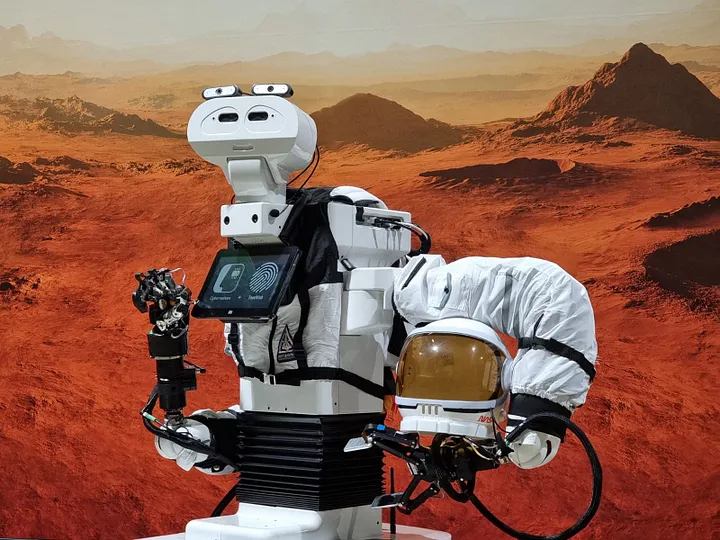
Where we are today
The videos of robots that have gone viral online typically show impressive, yet almost fully pre-programmed tasks. When the camera goes off, these robots have a hard time escaping the lab and coming into the real world to assist people in performing physical tasks and delivering economic value to society. This is due to the generalisation and adaptation challenges found outside the controlled conditions of academic labs.
Industrial robots have enabled significant productivity boosts since General Motors introduced the first industrial mechanical arm in an assembly line in 1959 — but current industrial robotic technology typically requires hefty investments, and it is mostly confined to controlled environments where there is not much variability. Applications for this first generation of industrial robots have been exhausted, as they are now omnipresent in large-scale, low-variability manufacturing processes.
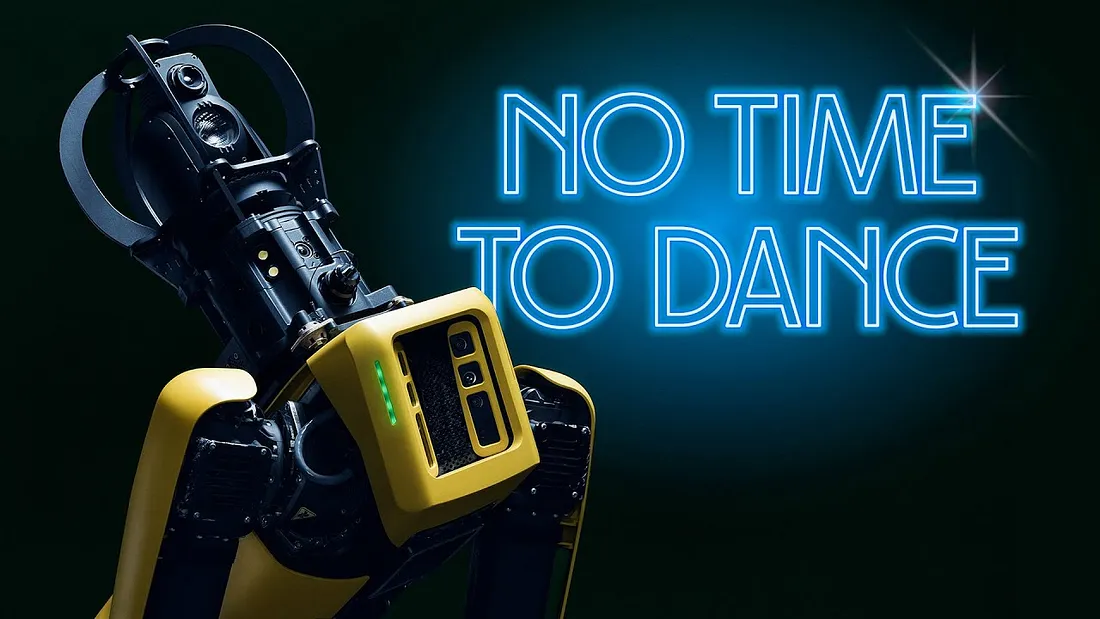
What is changing now?
We believe that current advances in several fields are combining to create the right conditions for robots to realise their potential. On the AI side, robots are gaining greater intelligence from rapid advances in computer vision, control and planning, reinforcement and imitation learning, and active inference. At the same time, there is access to cheaper robot hardware. Together, this paves the way for the next generation of robotic products, marrying cutting-edge technologies with economically viable robotics solutions.
Parallel to this, recent academic and industrial research in robot learning and modern robot control and perception is starting to produce results that can deliver real-world value. This is similar to what happened in computer vision and deep learning a decade ago. We believe novel techniques being currently developed are strong candidates to help robots break out of the wilderness and into the real world in a productive, robust, and safe way.
In this sense, we foresee robots moving away from the traditional notion of being fully pre-programmed machines and gradually becoming embodied agents with intelligence that allows them to expand their capabilities beyond their currently fixed, pre-specified routines.
At Creator Fund, we are active investors in robotic companies enabling this future and believe university founders are behind some of the most important advances in the field. This is where we see the biggest opportunities for investors & founders:
"we foresee robots moving away from the traditional notion of being fully pre-programmed machines and gradually becoming embodied agents with intelligence that allows them to expand their capabilities beyond their currently fixed, pre-specified routines"
Fernando Acero
Software that makes hardware intelligent
Humans encounter situations they have never experienced before every day and assess how to act. If machines are going to take over human activity they need to do the same. It is software that gives a robot intelligence and allows it to become autonomous.
We want to back companies where the value add is derived from the software elements brought into the hardware. We believe this is the main reason why unicorn companies have emerged around self-driving cars or drones — in both categories, industry-leading products are enhanced by an intelligence layer powered by robotics technology: control, learning, state estimation, perception, and mapping, amongst others.
There is an opportunity for founders to build robotic intelligence software that expands the use cases of existing robots within an industry or enables completely new business applications of robotics solutions. One example of this is Chemify in Glasgow. Founder Lee Cronin has created his own chemical coding language (that will represent every molecule in existence) that can instruct robotic laboratory machines to conduct experiments autonomously. The creation of the code is what makes the machines so valuable.
The hardware barrier of entry is at its lowest point to date. Hardware providers such as Unitree or Deep Robotics are already providing low-cost reprogrammable robotic hardware. Their quadruped robots are now starting at four-digit price points and compete against Boston Dynamics in the legged robotics space. Meanwhile, companies like Universal Robots and Franka Emika provide robot manipulation hardware at a fraction of the cost of traditional industrial robotics manufacturers such as Kuka, Fanuc, or ABB.
Decision Making
There has been a lot of recent focus on foundational models in the AI community. Whilst Large Language Models can be used to expand the capabilities of robots, we believe that there is a fundamental need to address the decision-making nature of most problems in robotics. Consequently, we are interested in backing founders who want to develop the foundational capabilities to enable robots to operate autonomously in real-world situations, where generalisation and adaptation are critical challenges. This is a problem that many technical disciplines within AI and robotics are trying to address, from reinforcement learning and imitation learning to active inference.
We recently met an early-stage venture from UCL aiming to use active inference to address generalisation in embodied agents, a technology which can be applied to any embodied agent such as drones, general-purpose robots, or self-driving vehicles. Using generative internal models of the world, active inference enables agents to reason about the actions that will minimise uncertainty or surprise, which can be critical for the successful and safe deployment of autonomous agents from drones to autonomous cars to household appliances.
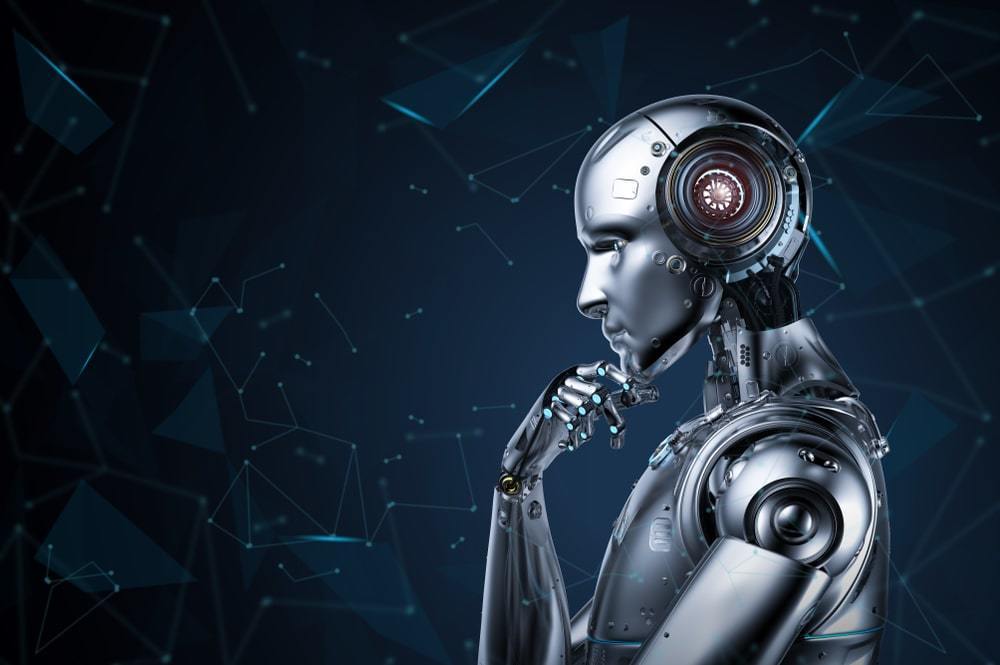
Infrastructure technology
In some cases, companies can capture the most value by building the underlying infrastructure that tackles the needs of a specific industry. We believe there are investment opportunities with limited technological risk and sufficiently low research and development costs in this space, which can deliver products or infrastructure that enable new robotics and hardware capabilities.
One of the best examples of this is sensing. Intelligent sensing can give robots real-time intelligence about the world they are interacting with, and for this to inform decisions in real time. We have backed Touchlab, which is creating E-skin to give robots the power of human touch. Touchlab’s E-skin is thinner than human skin and uses just four wires; it gives robots the ability to understand the world around them. It is biomimetic, which means that it can sense pressure and location, enabling robots to roll pens, feel texture, and sense pain like a human would.
E-skin is infrastructure technology. It can wrap around any machine and give it the power of touch, thereby opening up new cases for other robot companies in fields from medicine to gaming.

Disrupting legacy markets through robotics
There is significant potential for robotics ventures to commercially exploit existing technologies by focusing on specific markets or verticals which are ripe for disruption. There are a large number of slow-to-innovate industries where robotics could drive efficiencies.
Take the example of Recycleye, which has recently closed a $17M Series A investment round. Victor Dewulf, CEO at Recycleye, left his job as an investment banker to pursue a PhD in Computer Vision before teaming up with Peter Hedley to build a robotics company for automated sorting in recycling plants. They wanted to leverage cutting-edge Computer Vision to build a product in an industry that has not experienced much innovation — waste sorting. They built one of the largest trash image libraries in the world to train AI to recognise rubbish as it moves down a conveyor belt in a recycling plant so it can then be sorted autonomously.
Another example within our portfolio is Apian, which is using drones to disrupt healthcare logistics. They optimise the speed of delivery of medical supplies, and partner with the NHS to provide better access to chemotherapy for cancer patients, reducing transport times which in some cases take an average of 4 hours, down to a reliable 30-minute flight.
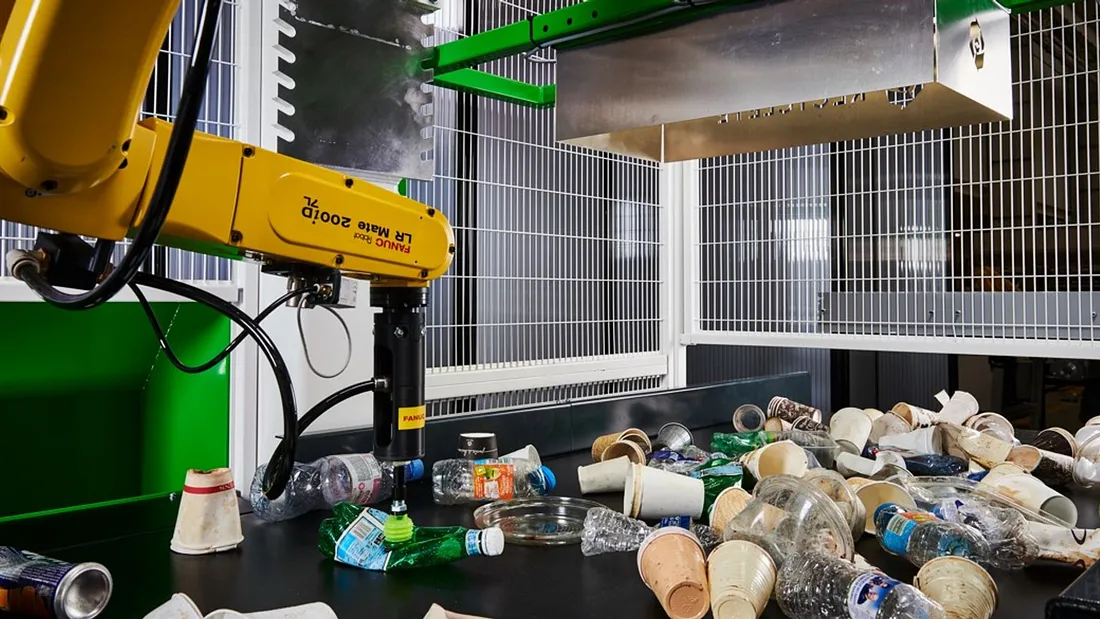
Hardware agnostic solutions
Finally, we look out for companies that plan to leverage third-party hardware providers (particularly at early stages), as this not only massively reduces the capital expenditures of robotics companies, but also incentivises ventures to develop software features with sufficient differentiation from their competitors in the market. The latter is particularly relevant as robotics is such an interdisciplinary field that developing an early moat in the form of technological advantage or first-mover advantage on a specific vertical is crucial for building defensible business models. We believe these ventures can cultivate symbiotic relationships with hardware manufacturers by leveraging the sales channels of existing hardware providers to assist them with sales to prospective customers who would have otherwise not acquired robotic hardware due to its incapability to address some of their more challenging problems and is an effective way for robotics software ventures to de-risk their go-to-market strategy.
Things to avoid
The opportunities to innovate with the application of pure hardware solutions as well as software-enabled applications will only grow across industries. This will present a multitude of specific needs and in turn, we expect to see various engineered solutions. Whilst we believe large-scale funding in hardware is important for the industry — and may be critical to aid the development of some areas such as humanoid robotics, where companies like Figure seem to have deep pockets for hardware development — we typically avoid companies developing hardware elements that are engineered for a specific purpose and would struggle to be extrapolated to tangential markets.
Furthermore, we believe there is a fundamental gap between robotics in the lab and its commercial applications, and we therefore need founders to exhibit the desired qualities to bridge this chasm. Whilst we are aware that commercial acumen may not always be present in deeply technical early-stage founders, we tend to avoid opportunities where we perceive a lack of awareness of the fundamental reasons why the state-of-the-art in academic research does not match the golden standard for industrial practice. Additionally, we appreciate seeing evidence of technical founders being able to apply their skills beyond an academic setting for robotics, particularly considering the multidisciplinary challenges real-world robotics presents.
Lastly, we tend to avoid companies that lack a sufficiently narrow focus on a specific technology or problem within robotics, especially at an early stage. This is because robotics as a discipline presents such difficult and general problems that commercially succeeding at developing products that require broad technologies to address a vast range of applications is unlikely in our opinion. Moreover, in our experience, companies that have such early-stage focus usually gain commercial traction much more easily and earlier, which is a crucial aspect to consider for robotics ventures as this tends to mitigate their capital intensiveness.
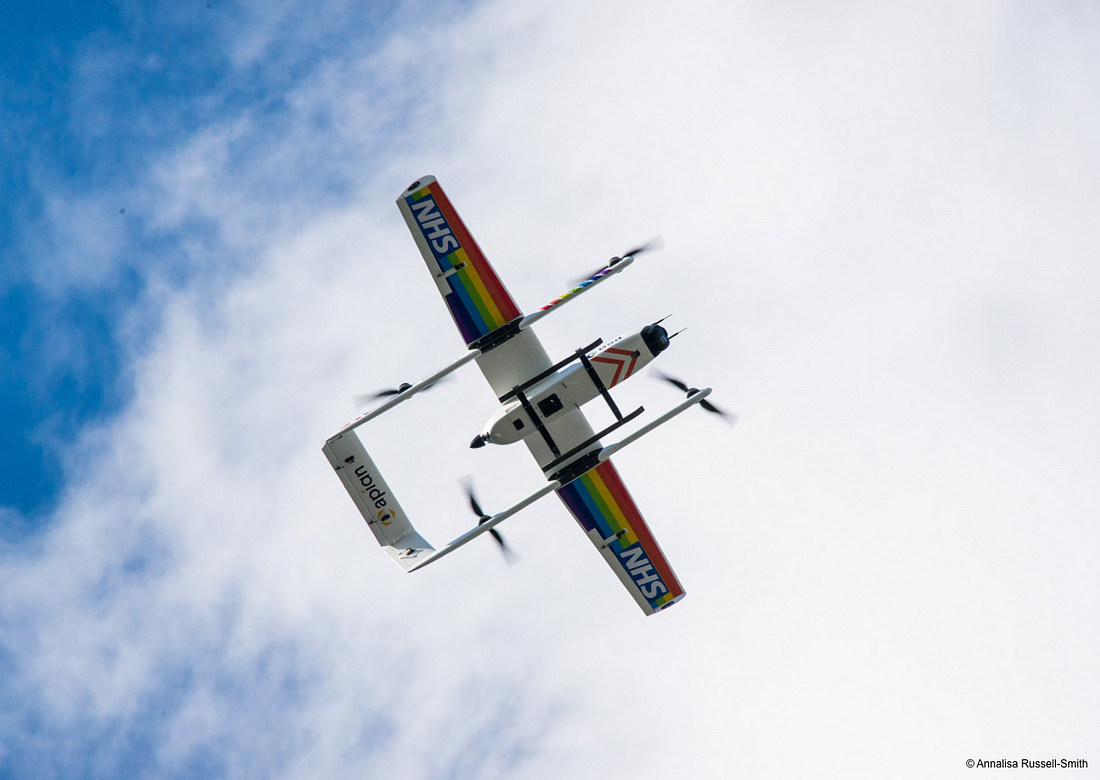
What we look forward to
Whilst we still do not live in the world of The Jetsons, we believe that robotic automation has the power to drive significant value creation across a wide range of industries, gradually bringing us closer to Homer’s automatons. The key next step is for robots to become embodied agents capable of making decisions when faced with uncertainty. The are considerable opportunities for the next generation of robotics startups to play a part in making what was once science fiction into a reality. This will help realise the centuries-old vision of robots assisting and enhancing our physical capabilities as humans.
Fernando Acero is a Robotics and AI investor at Creator Fund. Fernando is undertaking a PhD in Foundational Artificial Intelligence at UCL, where he researches robot learning techniques and its applications across robot locomotion and manipulation.
